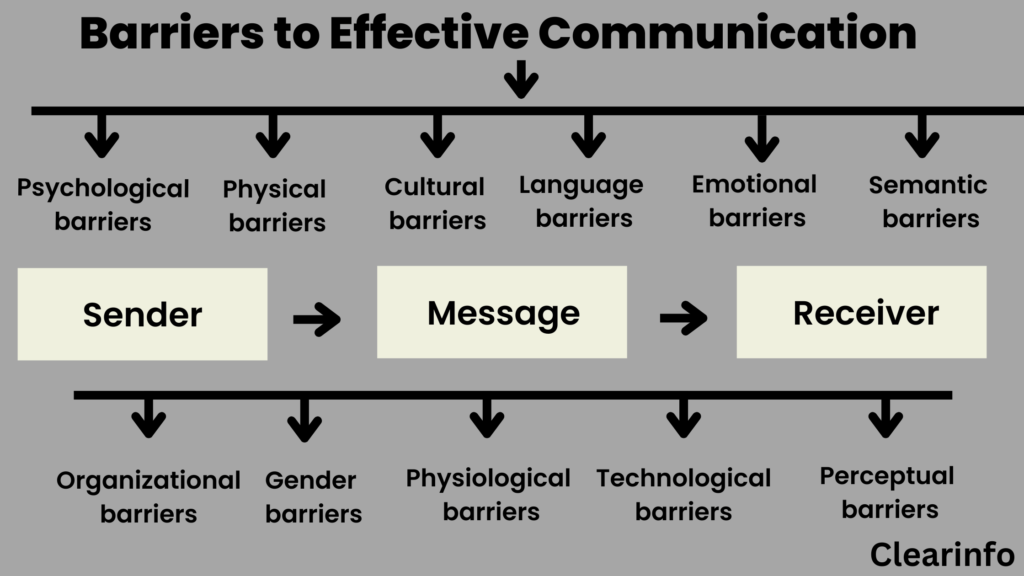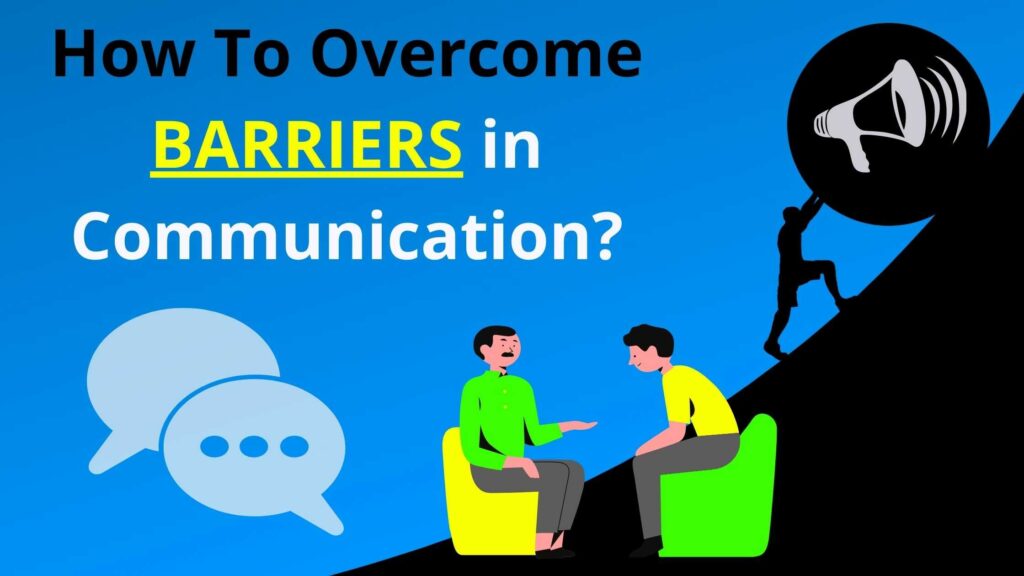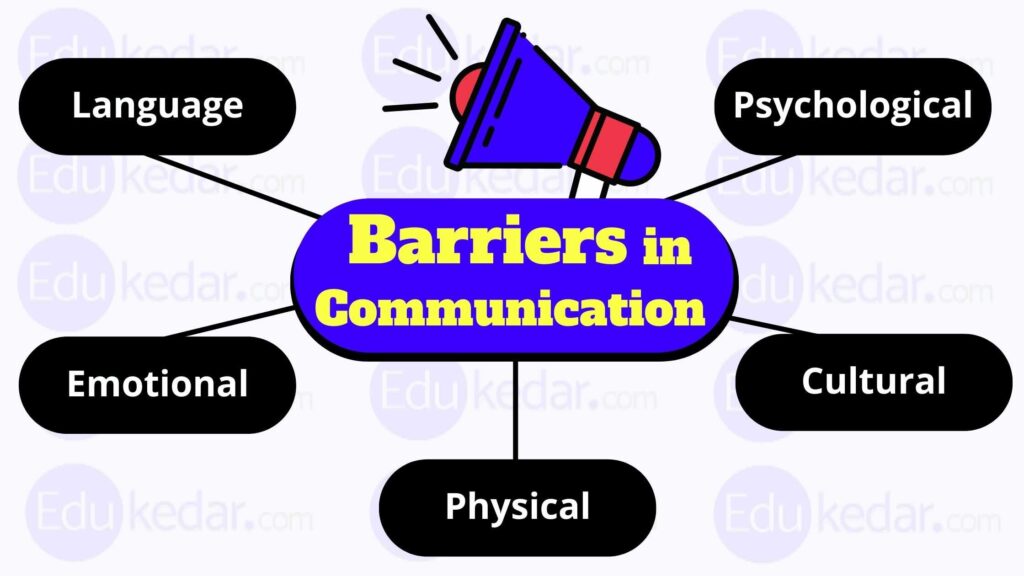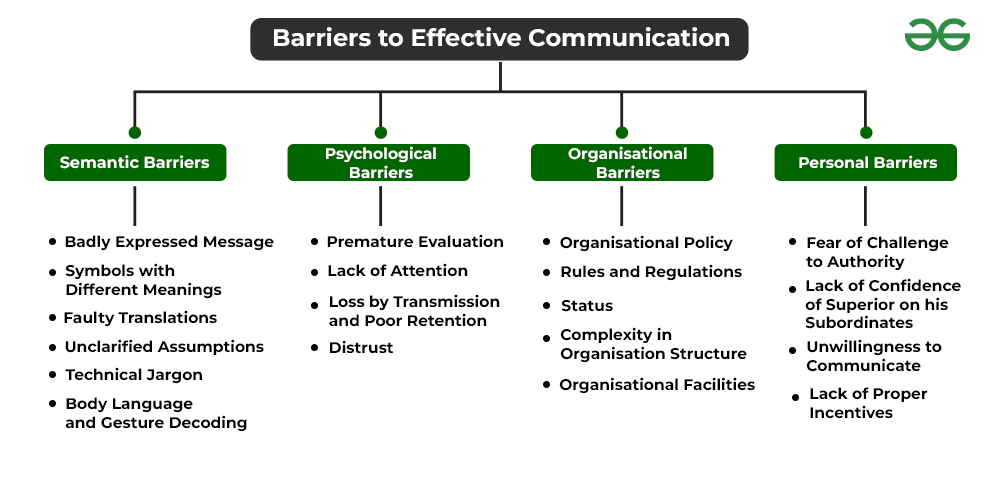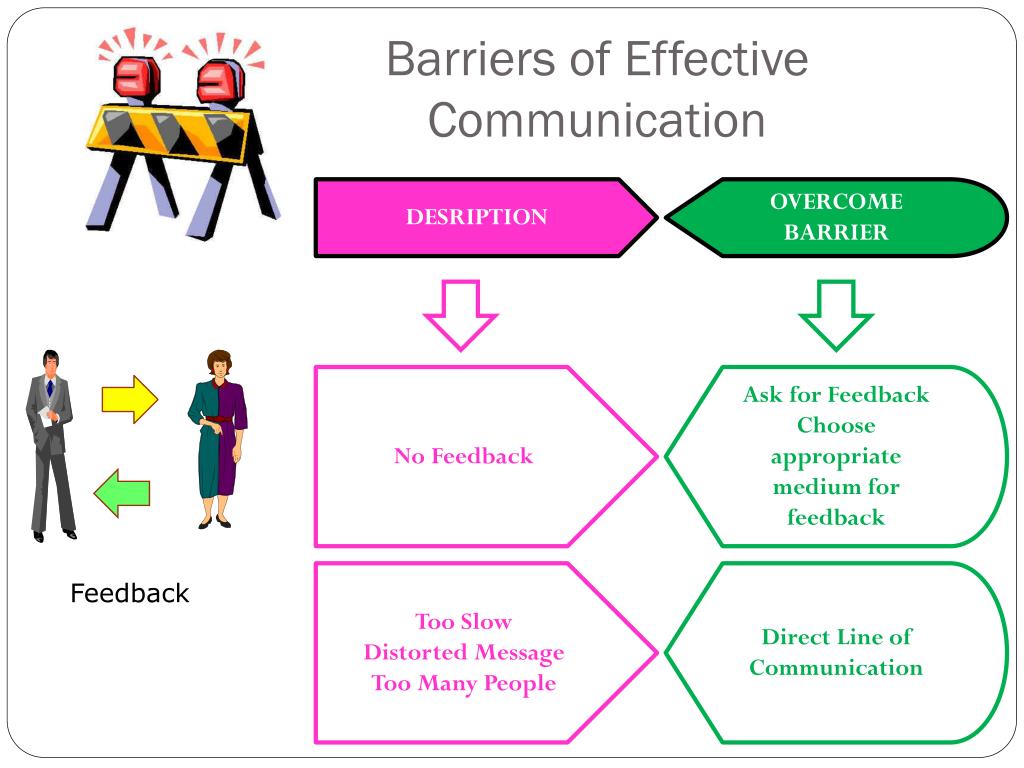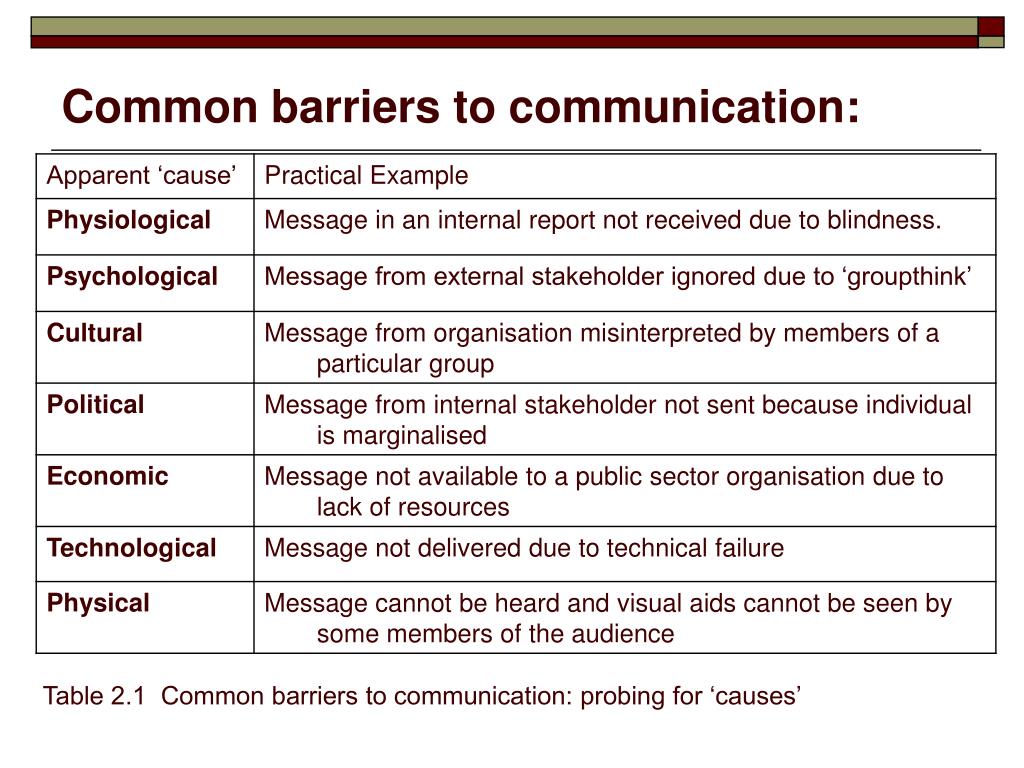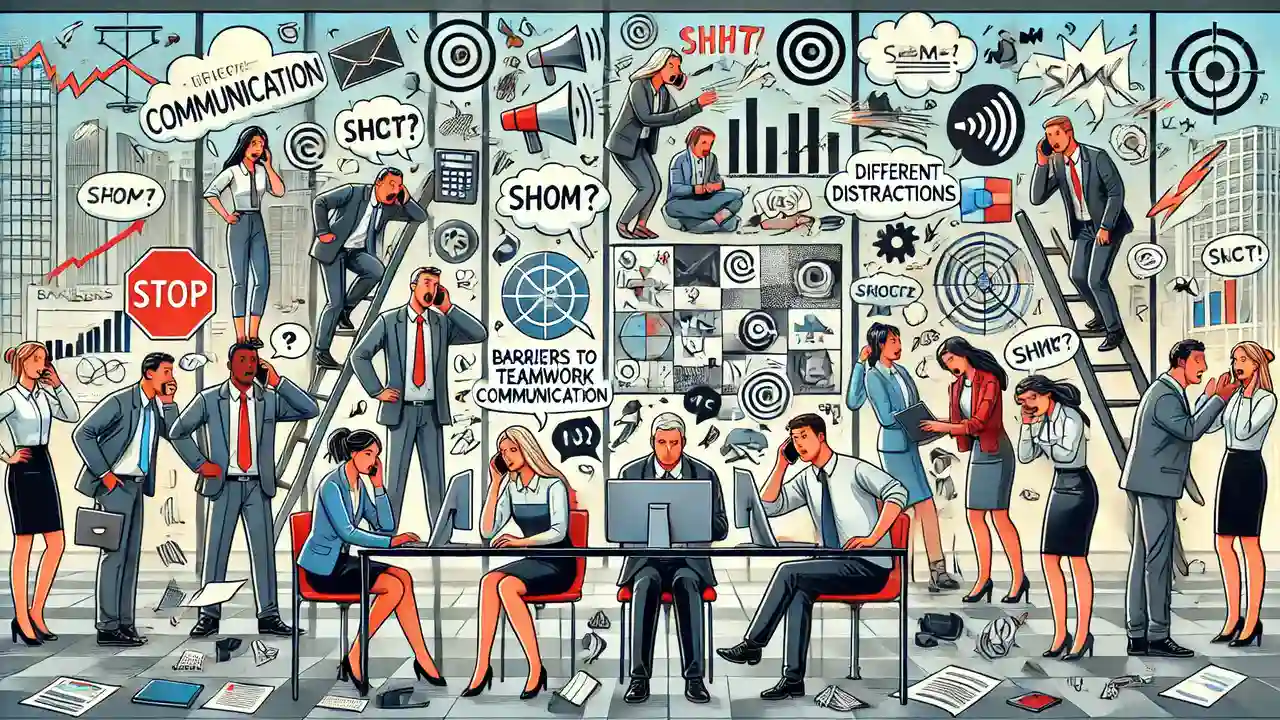Overcoming The Ten Most Common Barriers To Effective Team Communication
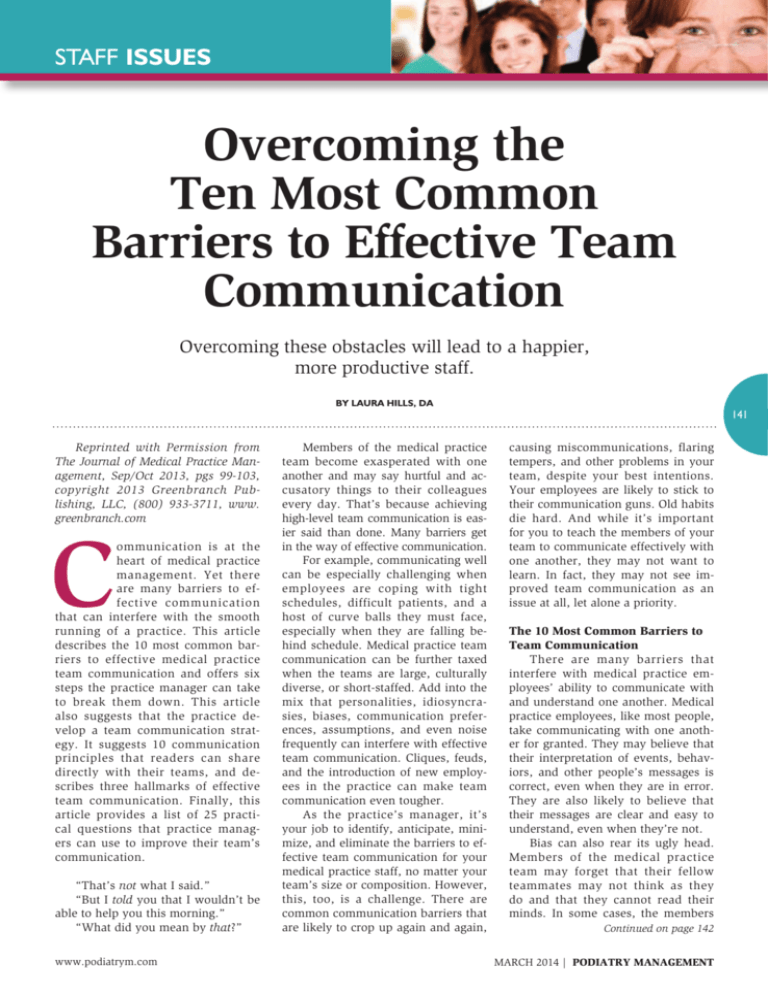
Effective team communication, the bedrock of successful collaboration, often stumbles over common hurdles. These obstacles, ranging from unclear expectations to personality clashes, can derail projects, stifle innovation, and ultimately impact an organization's bottom line.
Addressing these barriers proactively is crucial for fostering a productive and harmonious work environment. This article explores ten of the most frequent impediments to team communication and offers actionable strategies for overcoming them. It aims to provide insights for leaders and team members alike, empowering them to build stronger, more communicative teams.
The Ten Roadblocks to Team Communication
Several key barriers consistently hinder effective communication within teams. Understanding these challenges is the first step towards building a more communicative environment.
1. Lack of Clear Expectations
When roles, responsibilities, and goals are not clearly defined, confusion and miscommunication arise. This lack of clarity can lead to duplicated efforts, missed deadlines, and a general sense of frustration among team members.
Establishing explicit guidelines from the outset is paramount. This involves detailing individual roles, project objectives, and expected outcomes.
2. Poor Listening Skills
Effective communication is a two-way street, and listening is just as important as speaking. When team members fail to actively listen to each other, important information can be missed, misunderstandings can occur, and valuable ideas can be overlooked.
Encouraging active listening through techniques like paraphrasing and asking clarifying questions can significantly improve understanding.
3. Conflicting Communication Styles
Different individuals have different communication preferences. Some prefer direct and concise communication, while others favor a more nuanced and collaborative approach. These stylistic differences can lead to friction and misinterpretations.
Promoting awareness of diverse communication styles and fostering an environment of respect can help bridge these gaps. Teams can benefit from workshops or training sessions that highlight the value of different communication approaches.
4. Geographical Distance
With the rise of remote work, geographical distance has become a significant barrier to team communication. Virtual teams often struggle with building rapport, maintaining engagement, and coordinating tasks across different time zones.
Utilizing video conferencing, collaborative online tools, and regularly scheduled virtual meetings can help mitigate the challenges of remote communication.
5. Fear of Conflict
Avoiding conflict can seem like a way to maintain harmony, but suppressing disagreements can ultimately be detrimental to team performance. When team members are afraid to express their opinions or challenge ideas, important issues may go unresolved, leading to resentment and stagnation.
Creating a safe and supportive environment where healthy debate is encouraged can foster more open and honest communication. Conflict resolution training can also equip team members with the skills to navigate disagreements constructively.
6. Information Overload
In today's fast-paced digital world, teams are often bombarded with information. This constant influx of emails, messages, and notifications can lead to information overload, making it difficult for team members to prioritize and absorb critical information.
Streamlining communication channels, filtering information effectively, and setting clear expectations for response times can help manage information overload.
7. Lack of Trust
Trust is the foundation of any successful team. Without trust, team members are less likely to share information, collaborate effectively, or take risks. A lack of trust can create a climate of suspicion and defensiveness, hindering open communication.
Building trust requires consistent communication, transparency, and a commitment to honoring commitments. Team-building activities and opportunities for informal interaction can also help foster trust.
8. Personality Clashes
Differences in personality can sometimes lead to conflict and communication breakdowns. Personality clashes can stem from differing values, work styles, or communication preferences.
Addressing personality clashes requires empathy, understanding, and a willingness to compromise. Focusing on shared goals and fostering a culture of respect can help minimize the impact of personality differences.
9. Hierarchical Structures
In hierarchical organizations, communication can be stifled by the fear of speaking up to superiors. Junior team members may be hesitant to share their ideas or raise concerns, while senior leaders may be less receptive to feedback from those lower down in the hierarchy.
Promoting a culture of open communication, where all team members feel valued and respected, can help break down hierarchical barriers. Implementing anonymous feedback mechanisms can also encourage honest communication.
10. Inadequate Communication Tools
Using outdated or inappropriate communication tools can hinder effective collaboration. Teams may struggle to share information, coordinate tasks, or stay connected, especially in remote or hybrid work environments.
Investing in modern communication platforms, collaborative software, and project management tools can significantly improve team communication. Training on how to effectively use these tools is essential.
The Impact of Enhanced Team Communication
Overcoming these ten barriers can lead to significant improvements in team performance, productivity, and morale. Strong team communication fosters a more collaborative, innovative, and engaged workforce. A study by Project Management Institute (PMI) found that ineffective communication was a primary contributor to project failure.
By addressing these common challenges, organizations can create a more supportive and productive work environment, leading to greater success and employee satisfaction. Ultimately, investing in effective team communication is an investment in the future of the organization.
